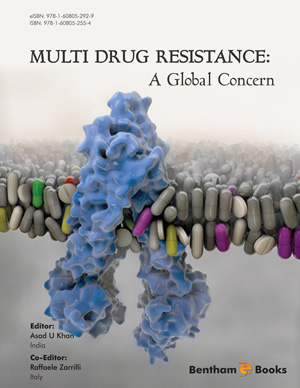Abstract
β-lactamases are the major mechanism of resistance against β-lactam antibiotics among Gram-negative bacteria. On the basis of their amino acid sequence, β-lactamases are divided into four classes: A, B, C and D. This classification was first proposed by Ambler. The classes A, C and D include enzymes that hydrolyse their substrates by forming an acyl enzyme through an active site, whereas class B β-lactamases are metallo-enzymes which utilise one or two ions in their active sites. The massive use of expanded-spectrum cephalosporins, since the 1980s, has been conducive for the emergence of extended-spectrum β-lactamases (ESBLs) in the clinical setting, a group of enzymes capable of hydrolysing a wide range of expanded-spectrum β-lactams, including the oxyiminocephalosporins, but they are inactive against cephamicins and carbapenems. The emergence and widespread of ESBLs compromised the usefulness of carbapenems in clinical therapy leading to the emergence and diffusion of carbapenemases and in particular metallo-β-lactamases
Keywords: β-lactamases, metalloenzymes, ESBL, cephamicins, carbapenems, oxyiminocephalosporins






















